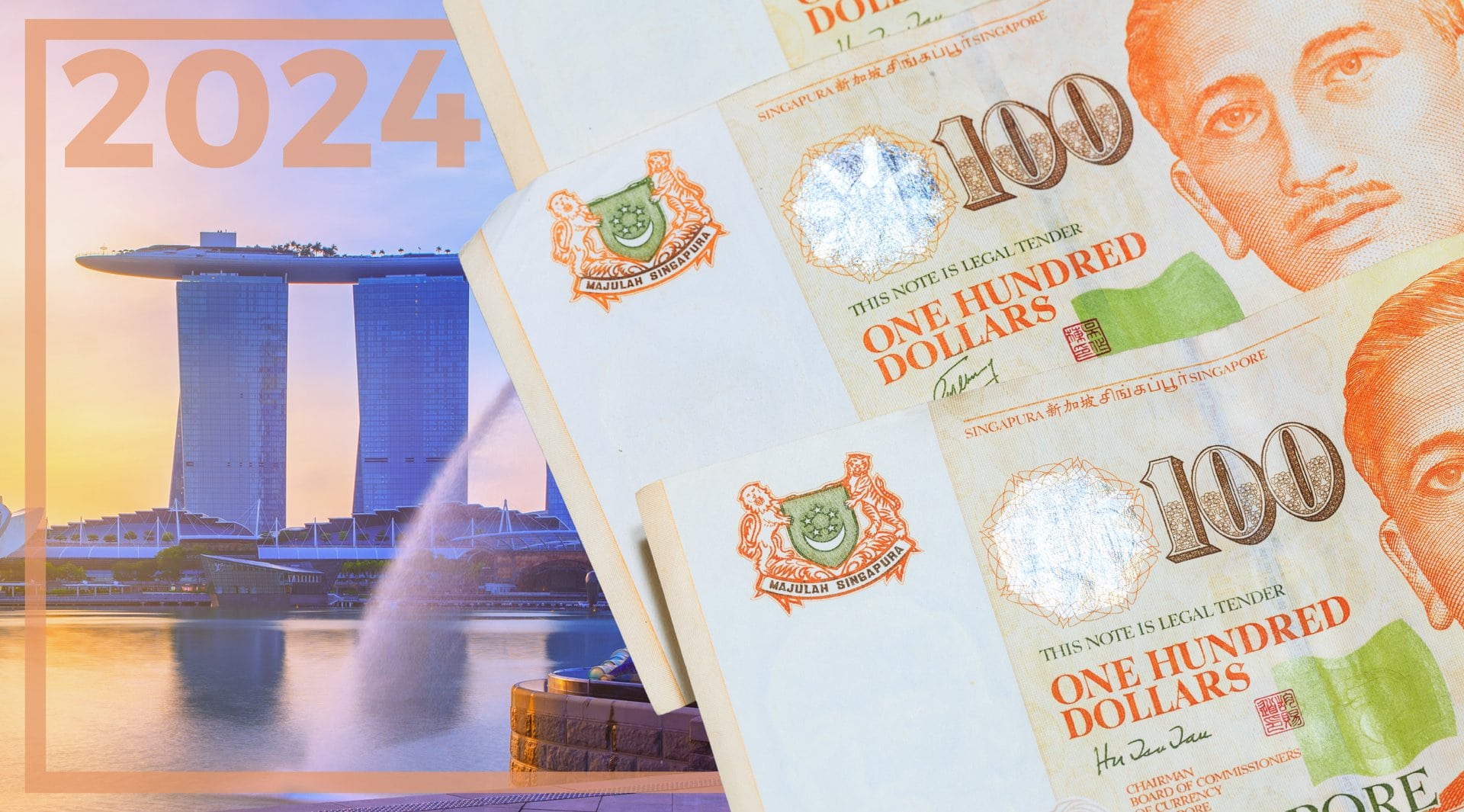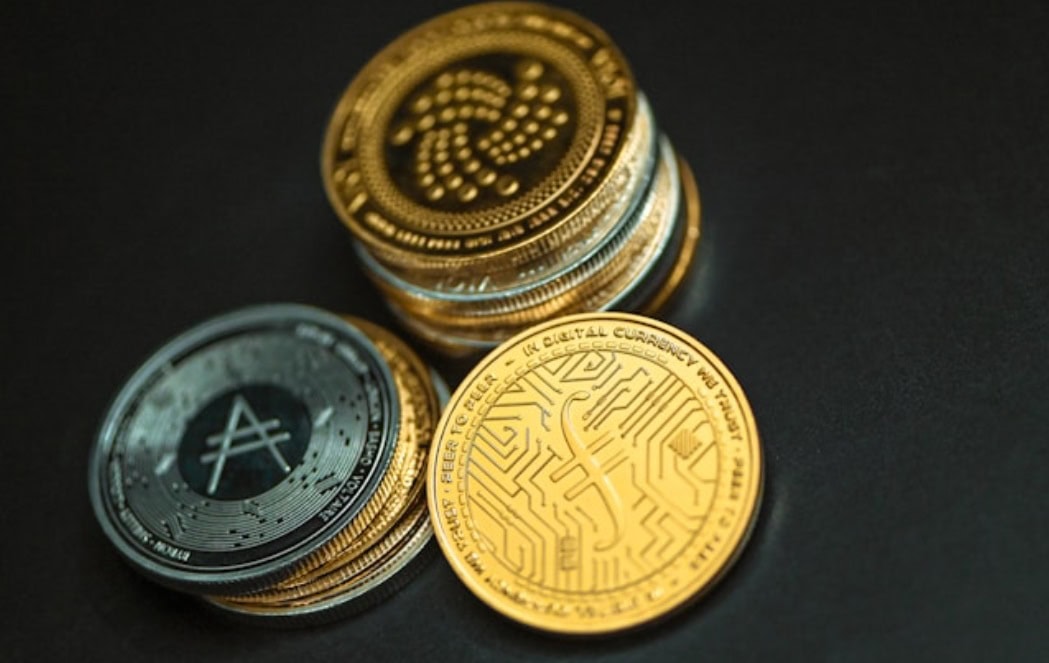Singapore has an unusual way of managing inflation. In most major economies, central banks attempt to manage prices through monetary policy – the idea is that when inflation goes up, interest rates are hiked, and eventually prices come back down. At times of low inflation, monetary policy is looser, and rates remain low.
However, Singapore does not manage inflation in this way. Instead, the Monetary Authority of Singapore (MAS), the country’s central bank, exerts control over prices by managing the Singapore dollar (SGD) exchange rate. This is because Singapore is a small, open economy. The population is under six million and the economy is heavily dependent on international trade.
As the MAS has outlined, trade is only 56% of the average regional economy’s GDP, but in Singapore, trade represents more than 300% of GDP. The country currently runs a massive trade surplus of over 4.5 billion SGD, but relies on imports for most of basic needs including food, energy, and raw materials.
Central banks use “monetary policy” to manage inflation. While most central banks conduct monetary policy by changing domestic interest rates the MAS conducts monetary policy by managing the Singapore dollar exchange rate.
— MAS (@MAS_sg) September 11, 2023
Know more about it here:https://t.co/pQ7ELiYUXu pic.twitter.com/mBKk1je1Mo
This means the exchange rate is extremely important when it comes to inflation. A weaker Singapore dollar makes imported goods relatively more expensive for consumers in the country; a stronger SGD makes these goods cheaper and therefore inflation lower.
The MAS manages the Singapore dollar exchange rate against a basket of undisclosed currencies, allowing it to trade within a fixed policy band, the exact levels of which the central bank does not publicly reveal. If SGD ends up trading outside of this band, the MAS steps in to buy or sell dollars and bring the exchange rate back inside this band.
The question of where the Singapore dollar will trade throughout 2024 therefore depends on the central bank and where they will set this band. SGD has traded within a narrow band between 1.32 and 1.35 against the US dollar this year so far, which, barring some volatility during the Covid-19 pandemic, is roughly where the Singapore dollar has traded over the last five years.
The US dollar is predicted by most market participants to weaken towards the end of this year, should the Federal Reserve start cutting interest rates in response to lower levels of inflation. This would incentivise traders to move out of the US dollar and into higher-yielding assets. A weaker greenback would make the Singapore dollar relatively stronger and therefore prompt the MAS to sell off some of its SGD reserves in order to bring the exchange rate back down. However, at this stage it appears the policy of the MAS is to keep the USD/SGD exchange rate round about its current levels of 1.32.
Author: Harry Clynch
#Singapore #SGD #USD #ForeignExchange















